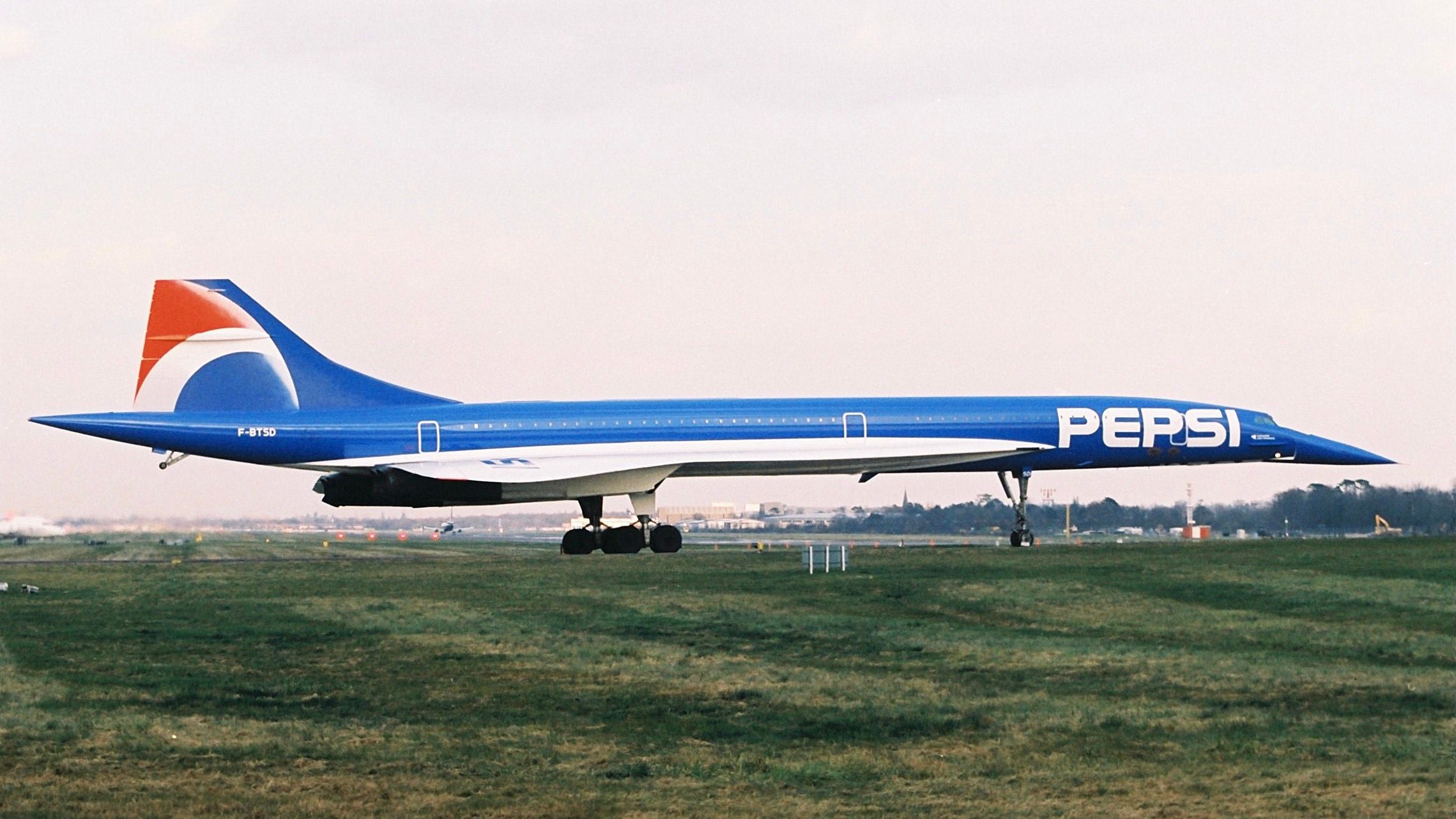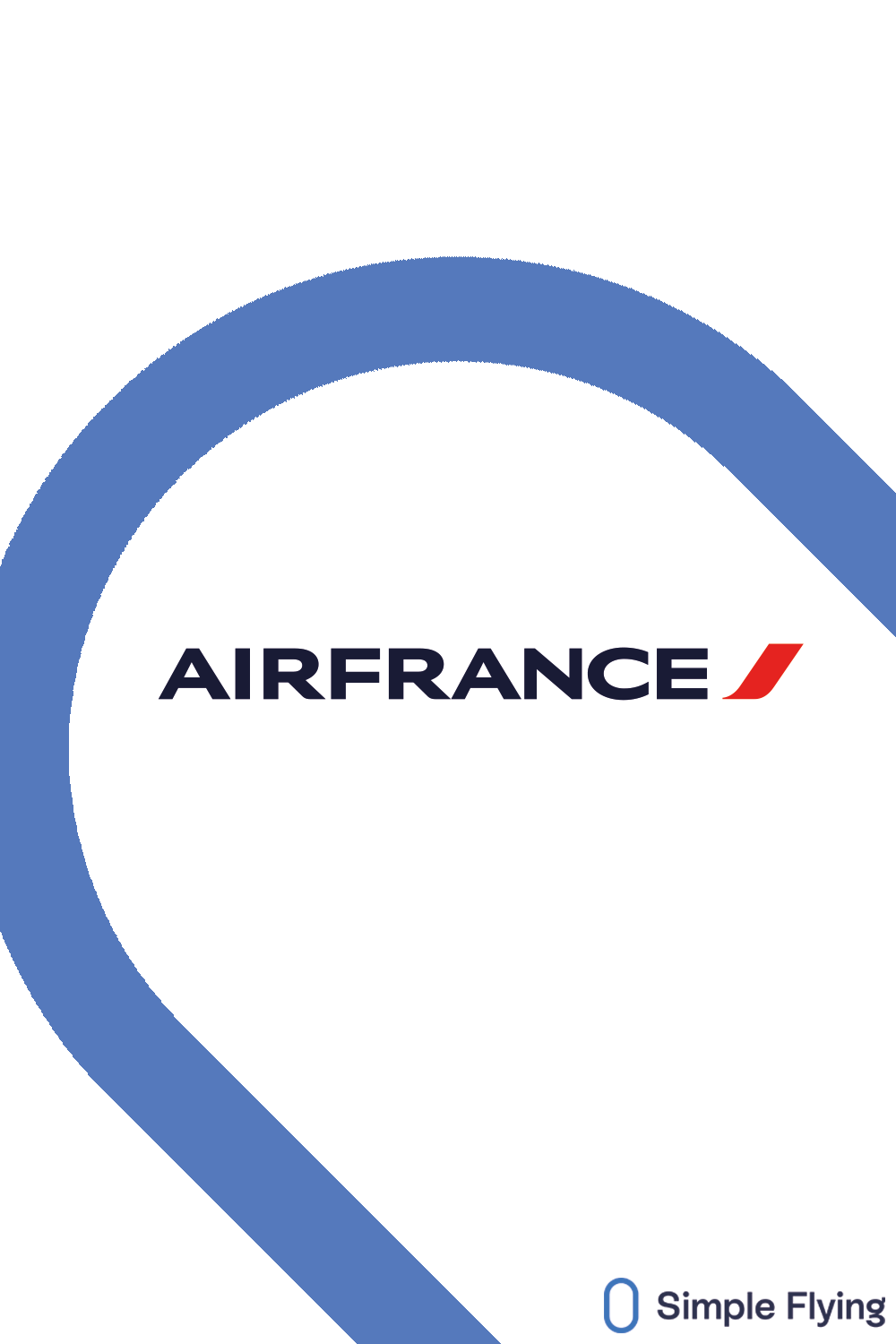Concorde was a special aircraft that stood apart from contemporary subsonic airliners in terms of both its performance and aesthetics. However, for a brief period, there was one particular example that was even more striking in its appearance than its supersonic classmates. This aircraft belonged to Air France.
For two weeks in 1996, it bore a unique blue livery as part of an advertising deal with soft drinks giant Pepsi. However, this unique paint scheme would hinder its performance levels and restrict the routes it could fly.
Blue is the color
The promotional livery came about at a time when Pepsi was rebranding its products with a new color scheme. This was, of course, the blue, red, and white combination that is instantly recognizable today. In order to bring this to the attention of the world, the soft drinks giant embarked on a $500 million marketing project. The Independent described this as “a bold, perhaps desperate gamble.”
One aspect of this expensive marketing drive was to repaint a supersonic Aérospatiale BAC Concorde airliner in Pepsi’s new color scheme. As one of the most revered and exclusive airliners in the skies at the time, this was sure to be a bold statement that would draw extensive publicity for the company.
The Aviation Geek Club reports that Pepsi approached both Concorde operators, Air France and British Airways, with its audacious proposal. A promotional deal was eventually agreed upon with the French flag carrier. Over two weeks in March and April 1996, the aircraft operated 16 flights in its conspicuous temporary livery.
Impact on performance
The aesthetics of the Pepsi livery are, as with all art, open to interpretation. However, what is inarguable is its unfortunate negative impact on Concorde’s performance. During the supersonic flight that set the aircraft apart from contemporary subsonic airliners, it was subjected to extremely high temperatures.
In order to deflect some of this heat, Concorde’s hull was painted with highly reflective white paint. This prevented overheating and damage to the aircraft’s aluminum structure. However, in the blue Pepsi livery, Concorde no longer had such protection. As such, the aircraft in question could only cruise at its famous Mach 2 (2,470 km/h or 1,535 mph) speed for up to 20 minutes at a time.
Were it not for this, issues related to overheating could have arisen. Supersonic flight at speeds of Mach 1.7 (2,100 km/h or 1,300 mph) or below was unrestricted. Due to these restrictions, Air France selected an aircraft that was not scheduled for any flights with extended periods at Mach 2.0 during the promotional period.
White liveries are a preferred option for aircraft across the industry in general. While not all airlines opt for this color, it’s a common factor for the potential benefits to be had, including its ability to keep the aircraft cool. However, there are often additional aspects involved, including maintenance and economic advantages.
The aircraft in question
The aircraft that Air France utilized in its promotional deal with Pepsi bore the registration F-BTSD. According to data from ATDB.aero, Air France took delivery of this aircraft in September 1978. For a brief period, that lasted between January and March in the year of 1979, it also operated domestic flights between Washington DC and Dallas for American carrier Braniff International Airways.
Air France retired its Concordes before BA. The crash of Air France flight 4590 in Paris in 2000, the post-9/11 slump in air travel, and the aircraft’s inefficiency and general high operating costs were all factors in the type’s retirement. F-BTSD specifically was withdrawn from service on May 31st, 2003, after almost 25 years of service. It now resides at Paris-Le Bourget Airport’s Air and Space Museum.
A daring relationship with aviation
This Concorde stunt just scratches the surface regarding the connection between Pepsi and the aviation industry. Notably, in the late 1990s, the company was involved in a heavily publicized legal case following a loyalty program where it seemingly promoted the potential of winning a McDonnell Douglas AV-8B Harrier II.
The Pepsi Points case saw plaintiff John Leonard uncovering a loophole in the promotion, taking Pepsi up on their offer. However, he was not granted the reward he claimed was rightfully his. Judge Kimba Wood, ended up rejecting the plaintiff’s claims in 1999, and Pepsi re-released its advert with new terms attached.
More recently, Pepsi has partnered with fellow American business JetBlue to help market its modern products. Altogether, the company has had its fair share of innovative marketing campaigns over the decades. Thus, it’s unsurprising that it turned to the engineering marvel that is Concorde to help promote its brand.
The firm jumped on the supersonic bandwagon just in time before this sector became a thing of the past in the early 20th century. Still, there is hope for another wave of supersonic travel by the end of this decade.
What do you make of this short-lived paint scheme? Did you ever see Air France’s Pepsi-liveried Concorde on your travels back in the day? Let us know your thoughts and experiences in the comments!
Sources: ATDB.aero, The Aviation Geek Club, The Independent


